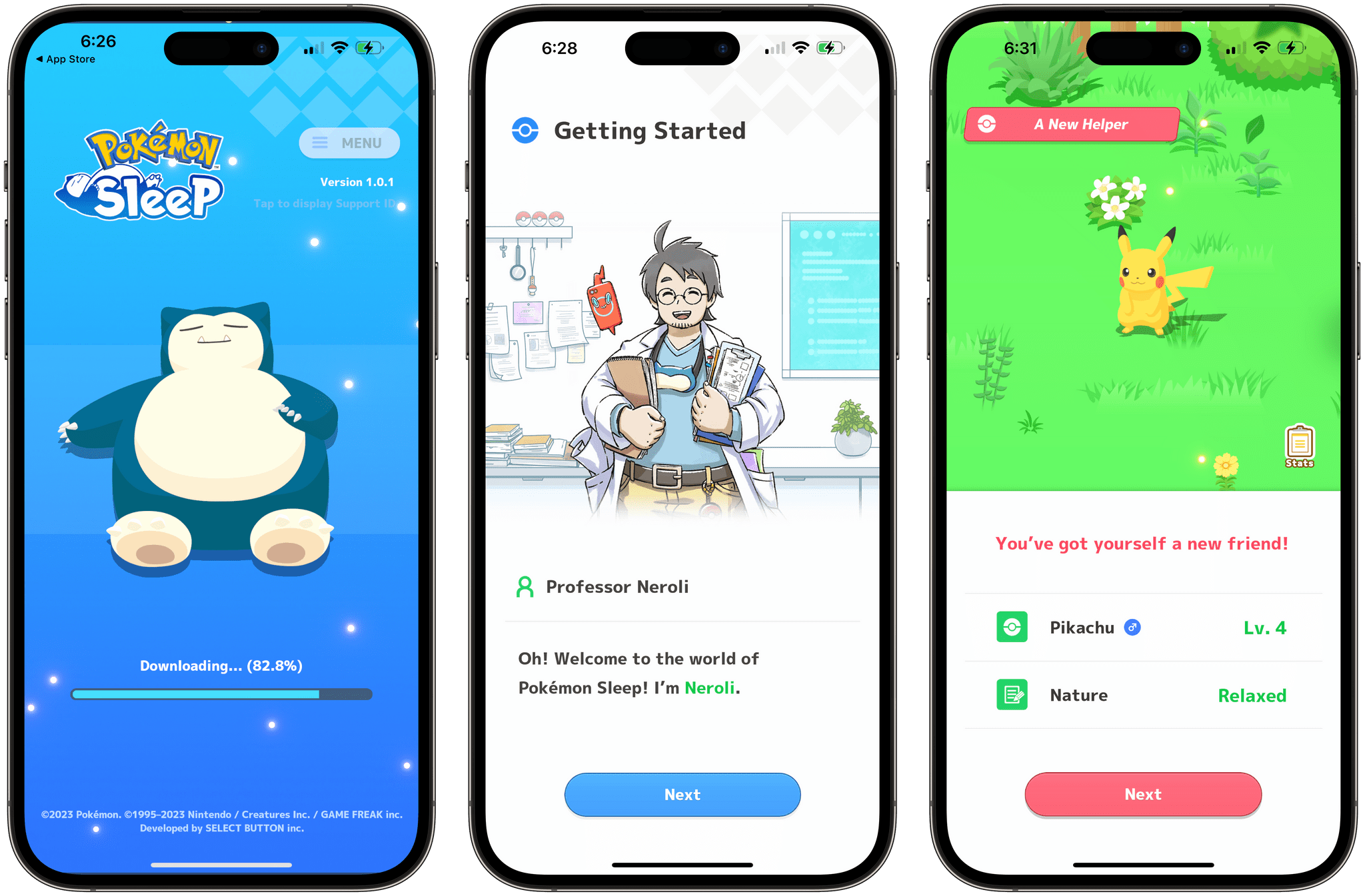Apple published an extensive support document about the USB-C connector on the new iPhone 15 lineup (we should be receiving our new iPhones later this week at MacStories, so stay tuned for our coverage), and a few details about compatibility with external displays caught my attention.
For starters, yes – Apple implemented DisplayPort connections over USB-C just like on the iPad Pro. The iPhone, however, is limited to a lower resolution:
iPhone uses the DisplayPort protocol to support connections to USB-C displays at up to 4K resolution and 60Hz.
Note that the latest iPad Pros support connections up to 6K, allowing you to connect an iPad Pro to a Pro Display XDR if you hate your wallet. You can try this with an iPhone 15 too, but display resolution is going to be limited to 4K. The Studio Display will be supported too, obviously.
Another tidbit from Apple’s support document:
You can connect your iPhone to an HDMI display or TV with a USB-C to HDMI adapter or cable. Adapters and cables that support HDMI 2.0 can output video from your iPhone at 4K resolution and 60Hz.
The Apple USB-C Digital AV Multiport Adapter is compatible with iPhone. This adapter can output video from iPhone at up to 4K resolution and 60Hz, including content in HDR10 or Dolby Vision if your display or TV supports HDR.
If my theory is correct, we should soon be able to connect an iPhone to an HDMI capture card (such as the ones I covered in my iPadOS 17 review) via Apple’s adapter and an HDMI cable, connect the capture card to an iPad, and use a compatible app to see the iPhone’s display on your iPad. That could be used for screencasts, playing videos from an iPhone on the iPad’s display, or, better yet, play a videogame from the iPhone in a Stage Manager window on the iPad.
The iPhone itself doesn’t support Stage Manager, so, unlike Samsung phones, it can’t be turned into a desktop workstation when plugged into an external monitor (I hope this happens down the road though). However, I do believe we’re going to start seeing some interesting experiments with iPhones being used as handheld gaming consoles with external monitors. Whether you’ll be using a capture card to turn an iPad into an external monitor for an iPhone using apps like Orion1 or Genki Studio2 or connect it to a portable OLED display, I think this newfound hardware modularity is going to be fascinating to observe.
- I tested the new app by the makers of Halide today shortly before it came out, and while I found its onboarding and UI delightful and the app worked well at standard resolutions, its built-in upscaling mode didn’t work for me. I tried displaying Nintendo Switch games on my iPad Pro using Orion and 4K upscaling, but the feature made games unplayable due to 3-4 seconds of added latency. I hope the Orion developers can work on a fix for this since software-based upscaling that doesn’t require a separate dongle could be a fantastic reason to use an iPad as a monitor. ↩︎
- This is the app that I covered as Capture Pro in my iPadOS 17 review. As it turns out, the developer teamed up with the folks at Genki (makers of the excellent Covert Dock Mini that I use with my Switch) and released the app under the name Genki Studio on the App Store this week. The functionality of the app is unchanged, and I still recommend it. ↩︎


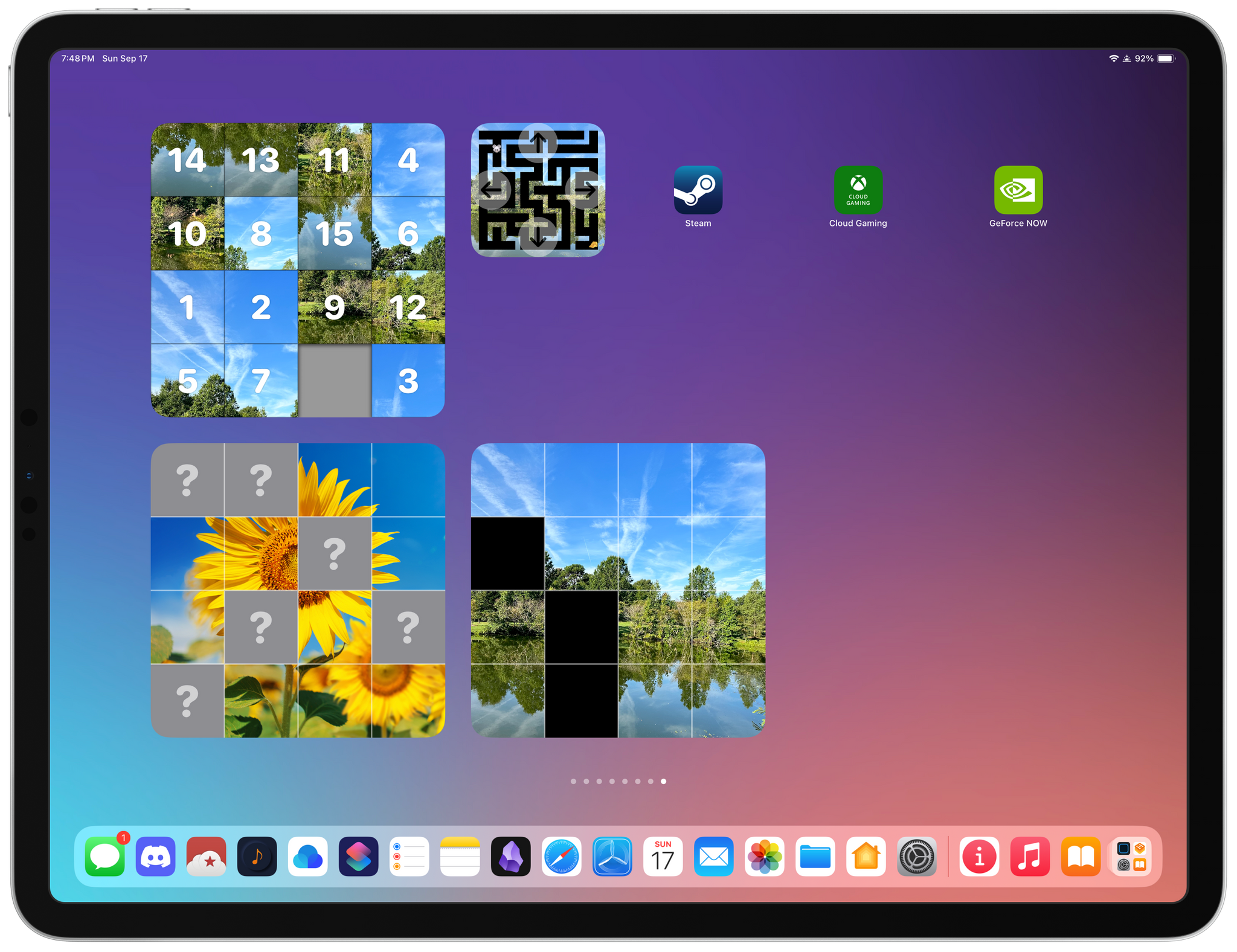
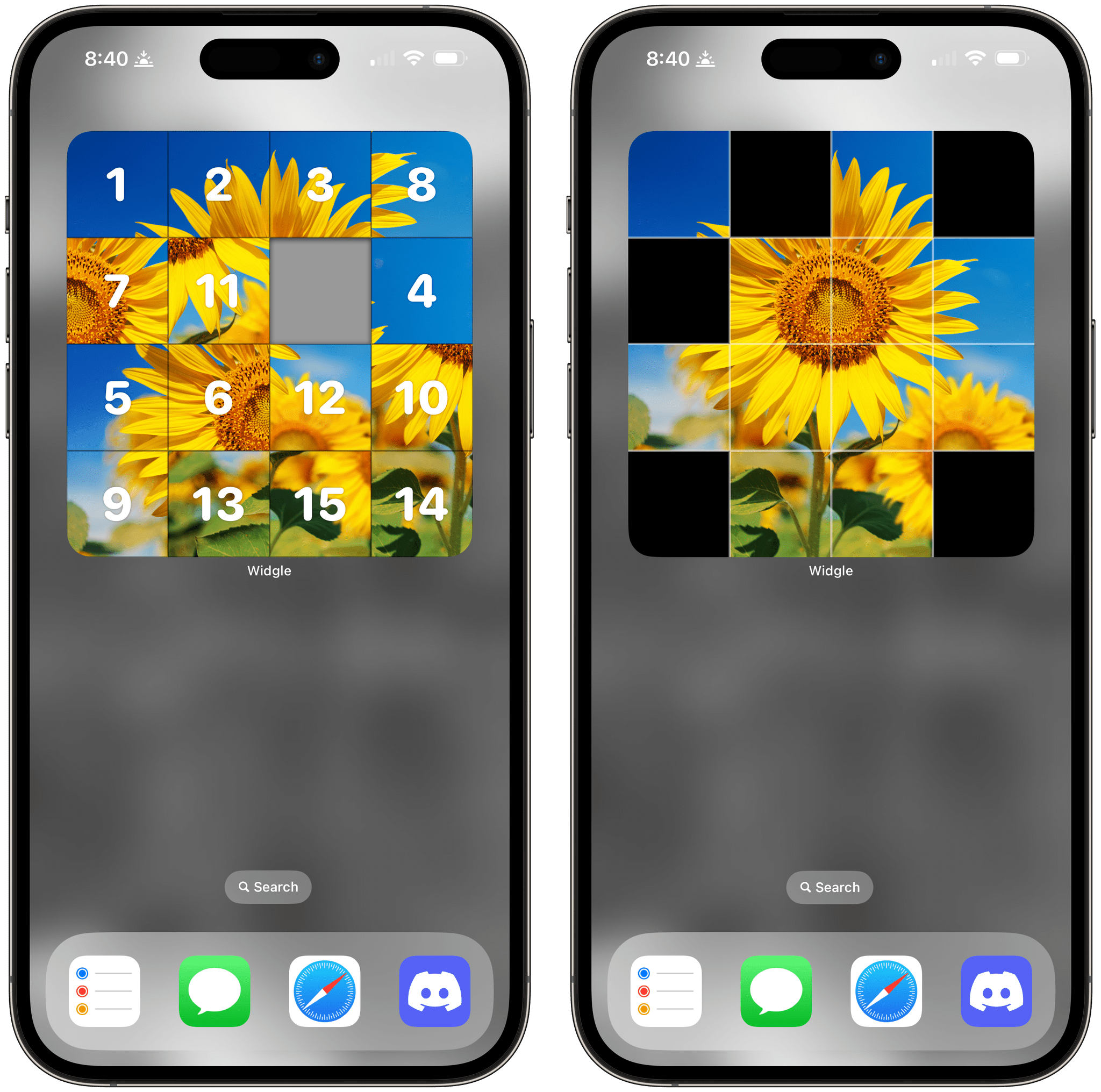
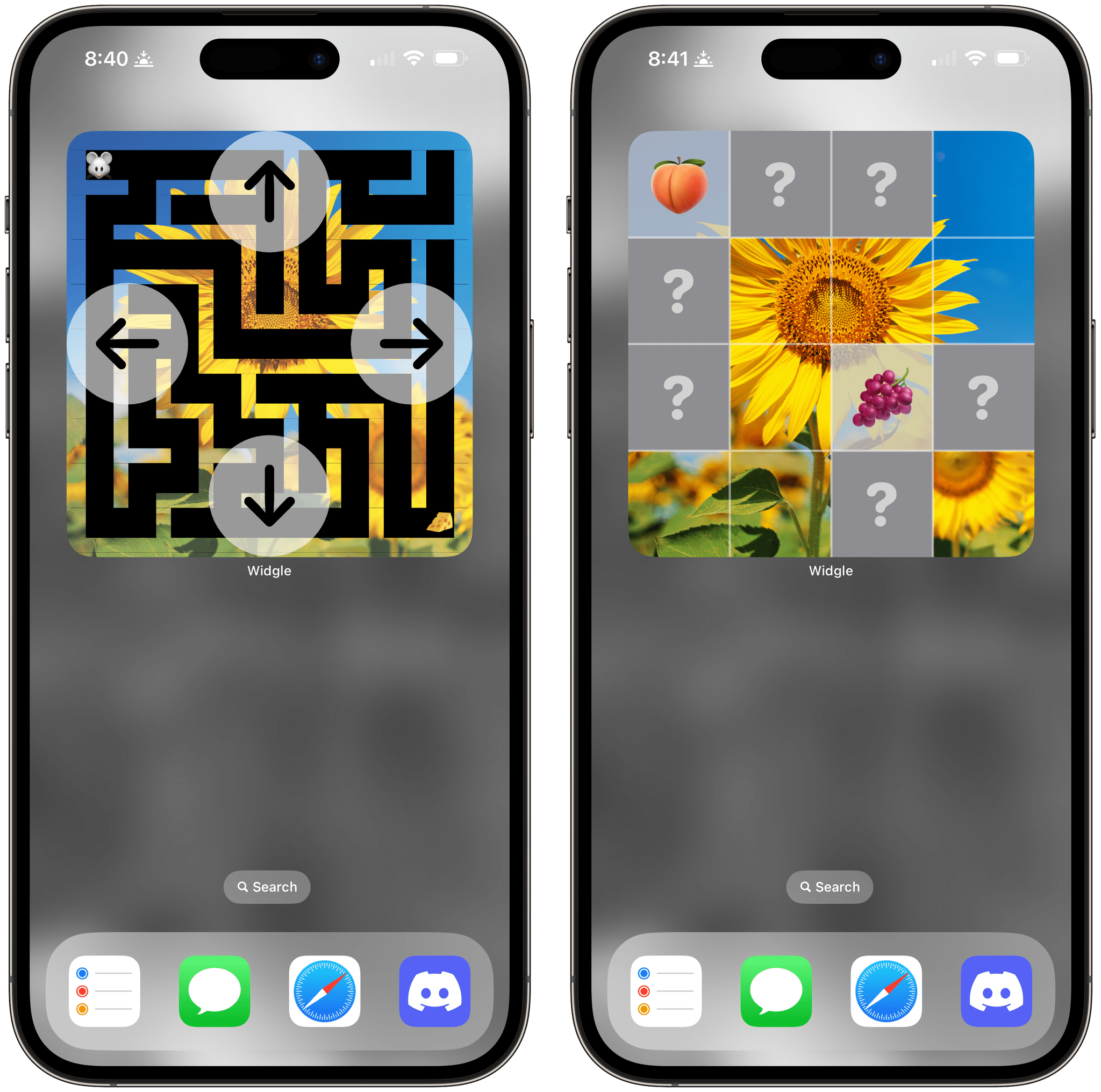



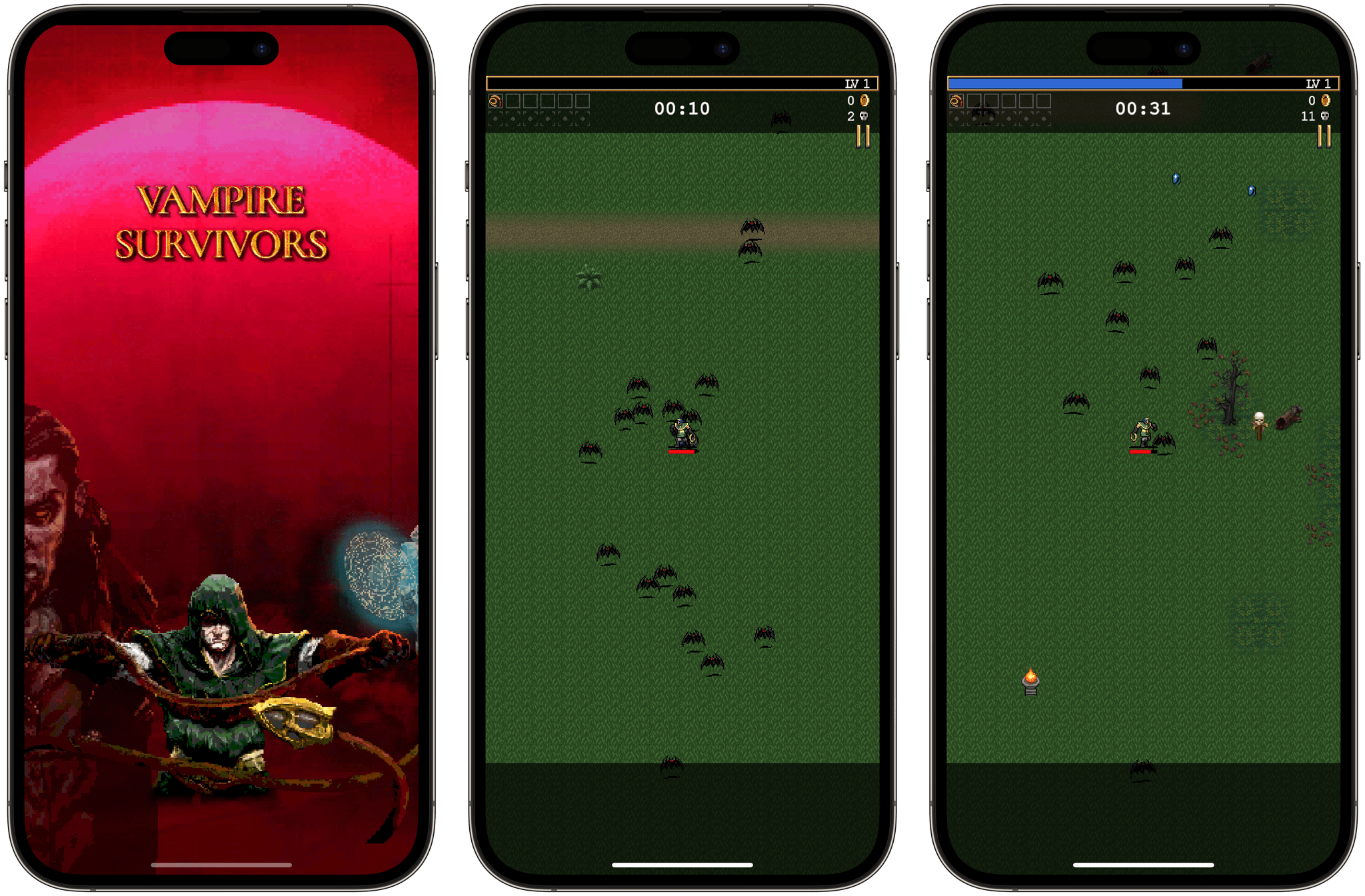
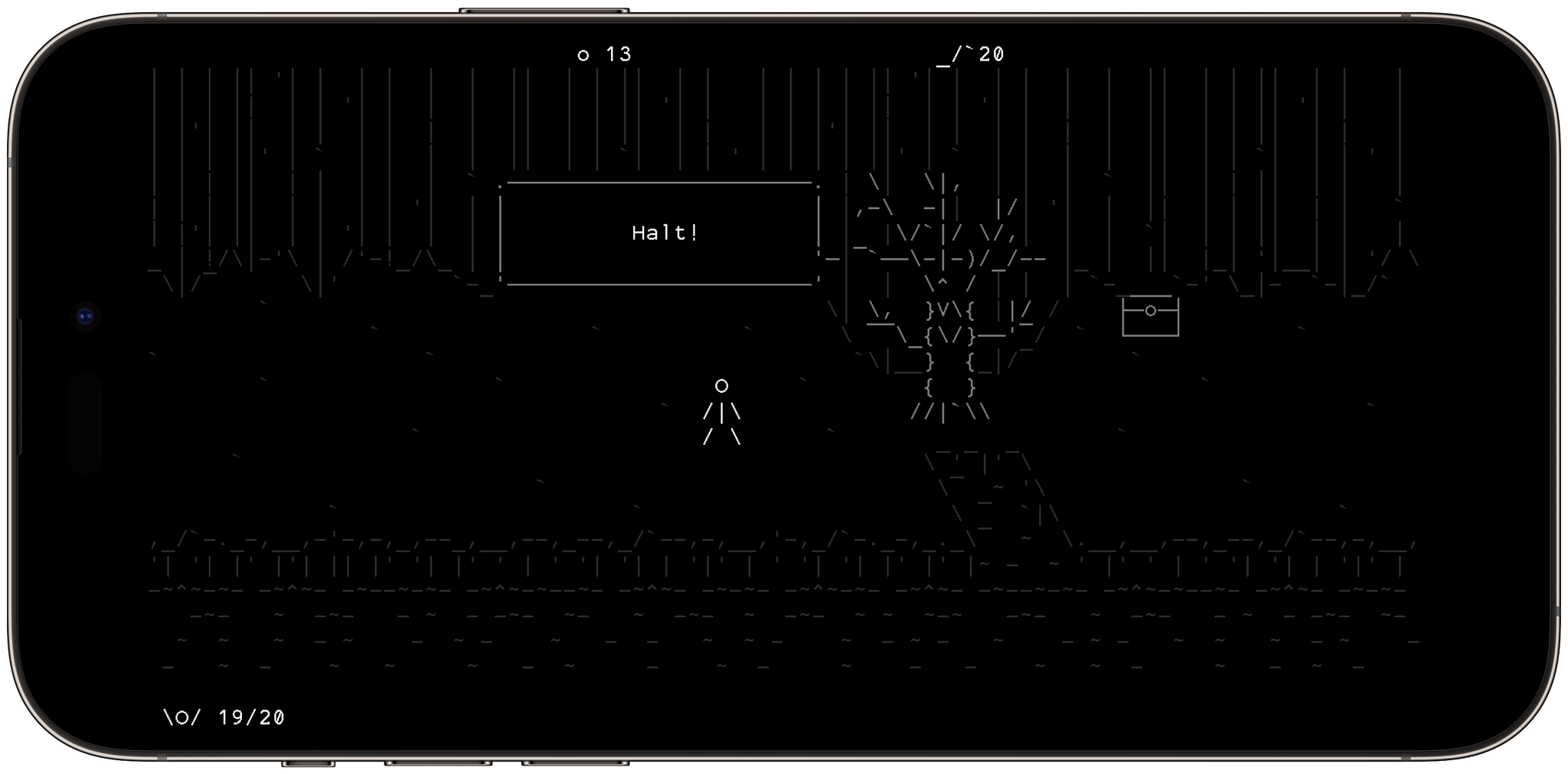
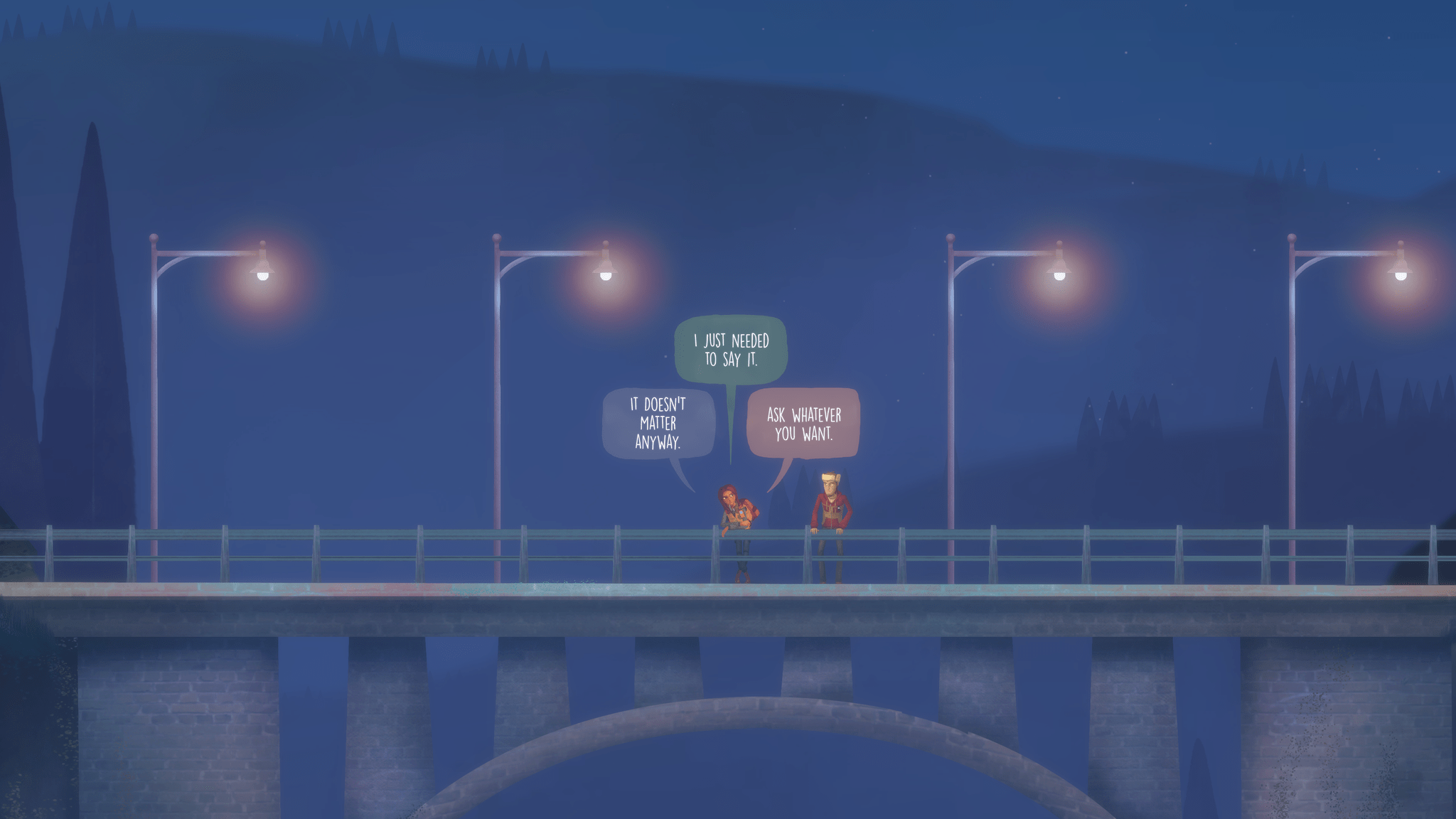
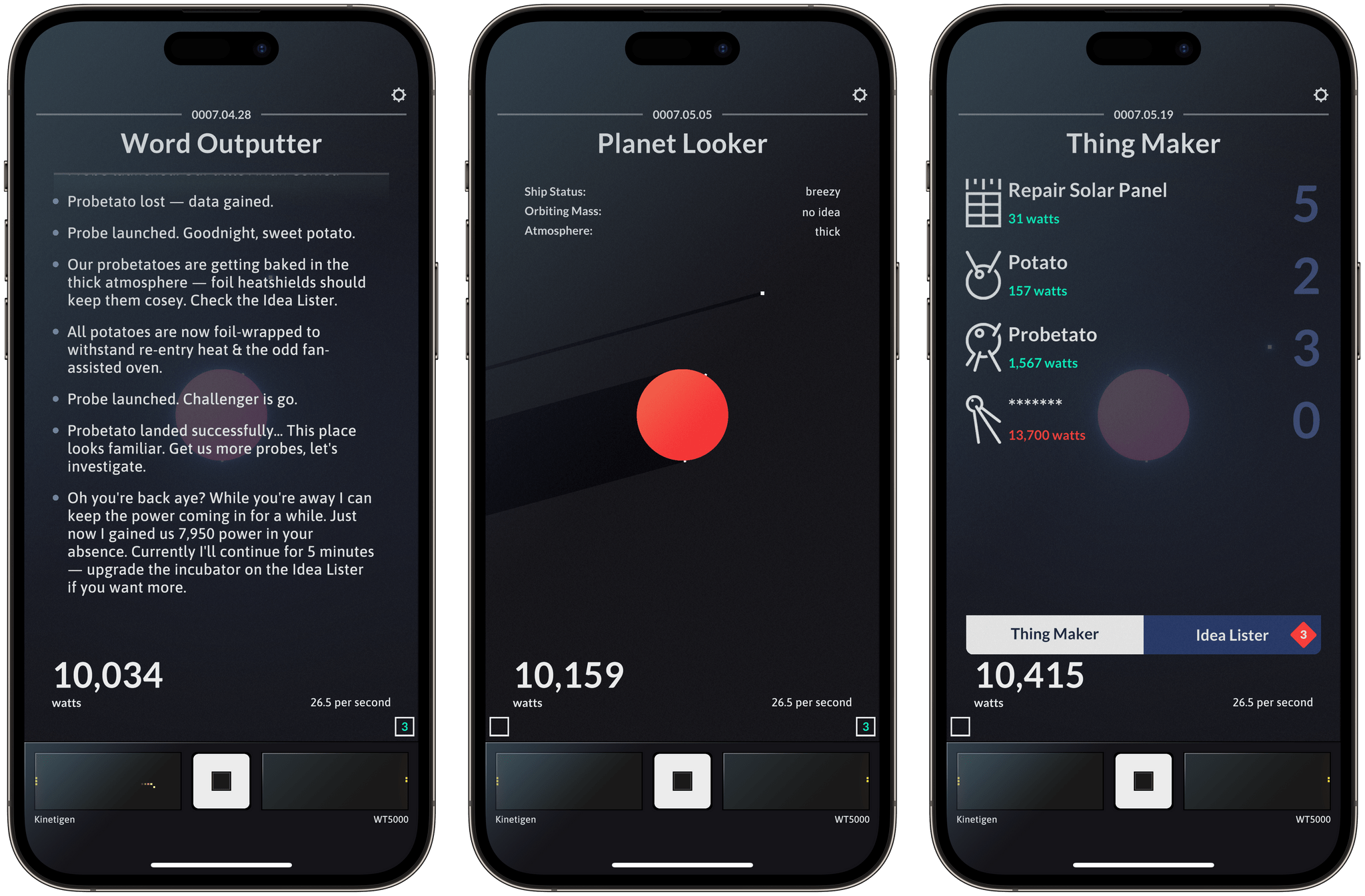

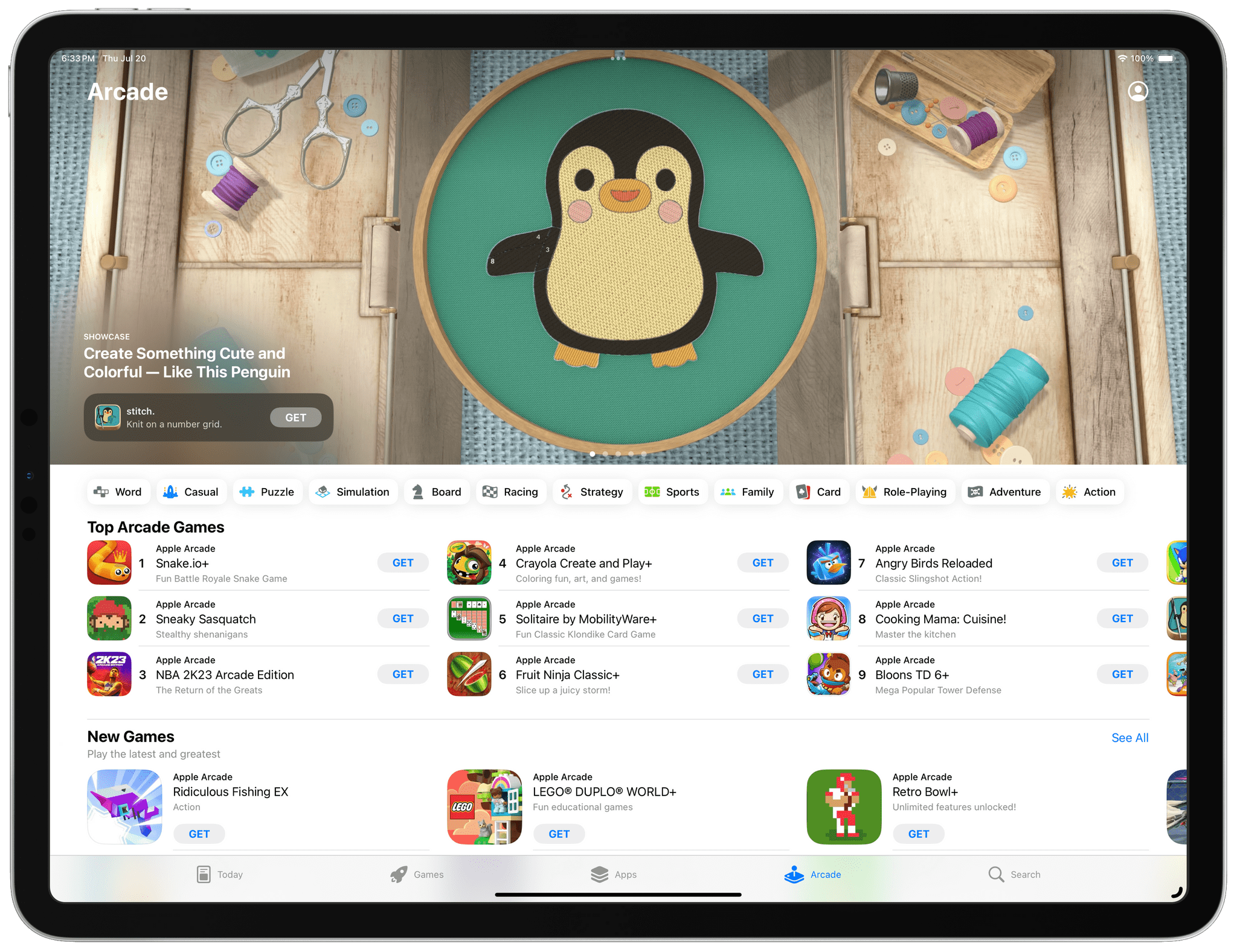
.](https://cdn.macstories.net/screenshot-2023-07-17-at-3-18-42-pm-png-1689789571490.jpeg)
